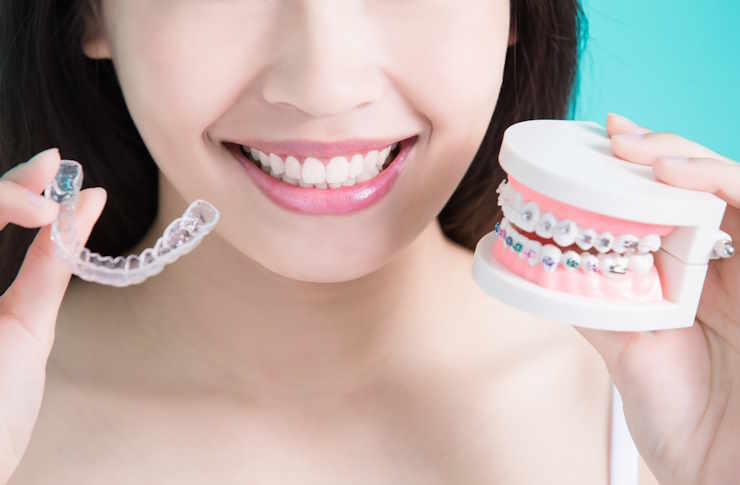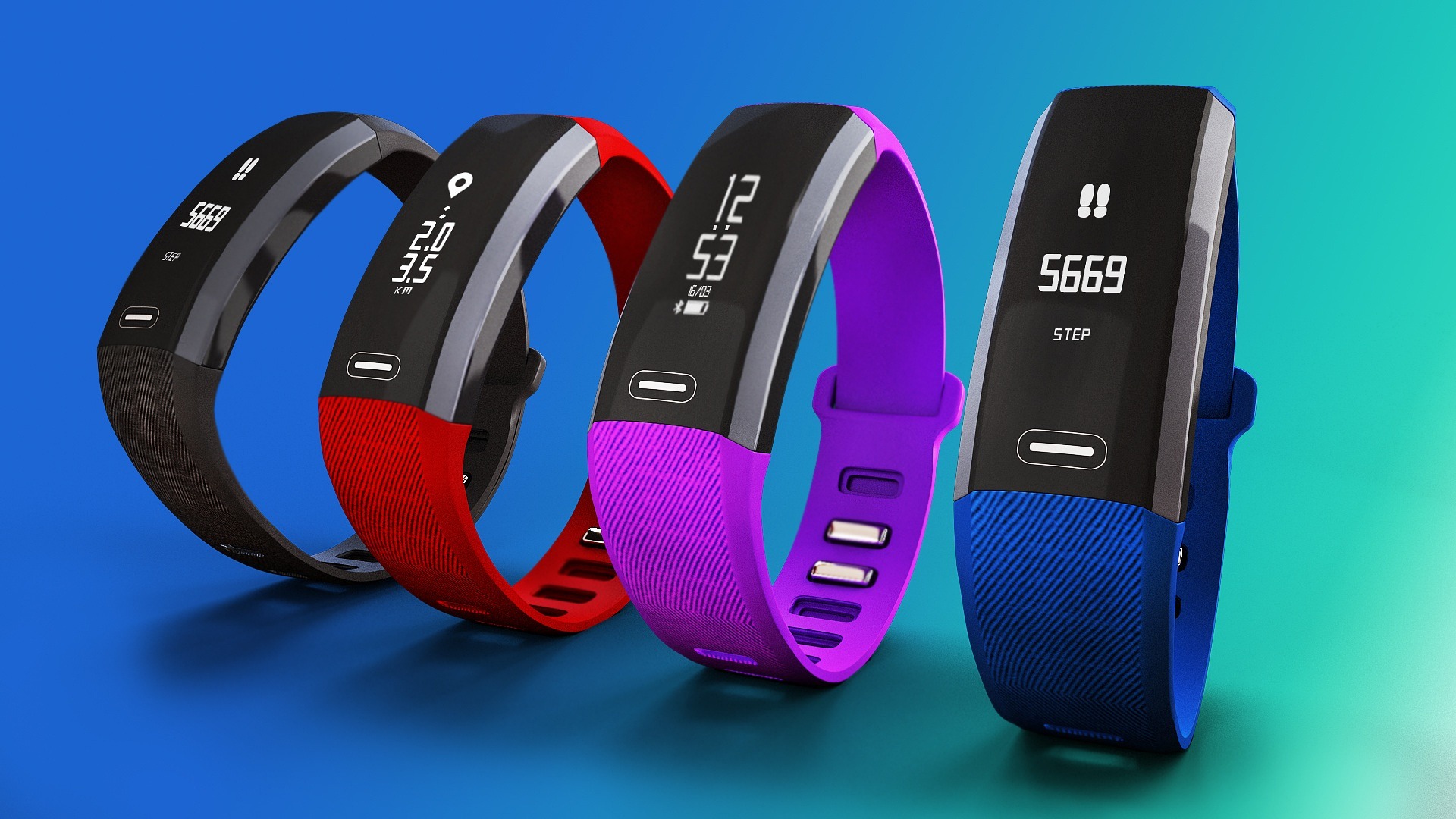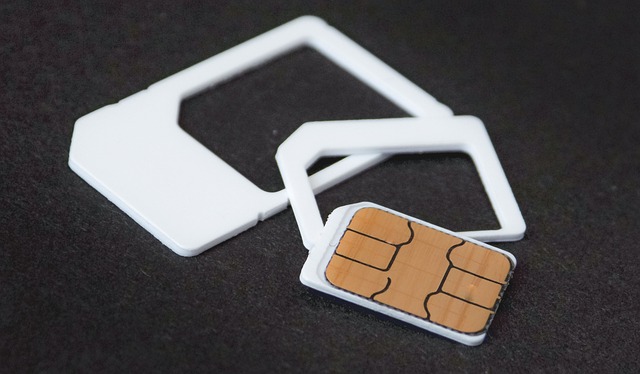Screwless Implants Explained: A Gentle Alternative to Traditional Options
Dental implants have revolutionized tooth replacement, offering stability and natural aesthetics. While traditional screw-retained implants have been the standard for decades, screwless alternatives are gaining attention for their minimally invasive approach and potential comfort benefits. Understanding the differences between these options can help patients make informed decisions about their oral health and long-term dental care.

What Makes Screwless Implants Different from Traditional Ones
The fundamental distinction between screwless and traditional implants lies in their attachment mechanism. Conventional implants use a titanium screw that is surgically placed into the jawbone, topped with an abutment and crown secured by additional screws. Screwless implants, often referred to as cement-retained or press-fit implants, eliminate the need for mechanical screws to hold the crown in place. Instead, they rely on dental cement or a friction-fit design to secure the prosthetic tooth.
This design difference affects the surgical procedure itself. Screwless implants typically require less drilling and may cause reduced trauma to surrounding bone and tissue. The absence of screw access holes in the crown can also improve aesthetics, particularly for front teeth where visible screw channels might compromise appearance. Additionally, screwless systems may reduce the risk of screw loosening, a common complication with traditional implants that can require maintenance visits.
However, screwless implants present their own considerations. Cement-retained versions can leave residual cement beneath the gum line if not properly cleaned during placement, potentially leading to inflammation. Traditional screw-retained implants offer easier retrievability if adjustments or repairs are needed, as the crown can be unscrewed rather than requiring destructive removal of cemented components.
Comparing Costs and Long-Term Results
When evaluating dental implant options, both immediate costs and long-term value require careful consideration. The price of screwless implants generally falls within a similar range to traditional implants, though variations exist based on technique, materials, and provider expertise. In the United Kingdom, single dental implants typically range from £1,500 to £3,000, with screwless options sometimes positioned at the higher end due to specialized materials or techniques.
Long-term results depend on multiple factors including bone quality, oral hygiene, and proper placement. Clinical studies suggest that both screwless and traditional implants can achieve success rates exceeding 95% over ten years when properly maintained. Traditional screw-retained implants have more extensive long-term data due to their longer presence in the market, while screwless alternatives continue to build their evidence base.
Maintenance costs may differ between the two approaches. Traditional implants might require occasional screw tightening or replacement, typically costing £100 to £300 per visit. Screwless implants generally need less mechanical maintenance but may present challenges if crown replacement becomes necessary, potentially requiring complete removal and replacement rather than simple adjustment.
| Implant Type | Average Cost Range | Key Long-Term Consideration |
|---|---|---|
| Traditional Screw-Retained | £1,500 - £2,800 | Periodic screw maintenance may be needed |
| Screwless Cement-Retained | £1,800 - £3,000 | Crown replacement more complex if needed |
| Screwless Press-Fit | £2,000 - £3,200 | Requires precise placement for optimal results |
Prices, rates, or cost estimates mentioned in this article are based on the latest available information but may change over time. Independent research is advised before making financial decisions.
Why More Dentists Are Recommending Screwless Solutions
The growing interest in screwless implants among dental professionals stems from several clinical and patient-centered advantages. Many dentists appreciate the simplified prosthetic workflow, as cement-retained crowns can be fabricated and placed more quickly than screw-retained alternatives. This efficiency can reduce chair time and improve patient comfort during the restoration phase.
Aesthetic outcomes drive much of the recommendation shift, particularly for anterior teeth. Without screw access holes, screwless crowns can be designed with uninterrupted surfaces that better mimic natural tooth anatomy. The cement or press-fit connection also allows for more flexible crown positioning, enabling dentists to optimize both function and appearance without being constrained by screw channel placement.
Patient comfort represents another significant factor. Some individuals report less sensitivity with screwless implants, possibly due to reduced mechanical stress on the implant-bone interface. The absence of metal screws may also appeal to patients concerned about metal components in their bodies, though the implant post itself typically remains titanium or zirconia.
Dentists also note that screwless systems can be advantageous in cases with limited vertical space, where traditional screw access would be challenging. However, professional recommendations remain individualized, as factors like bone density, bite forces, and specific anatomical considerations influence which approach suits each patient best.
Making an Informed Decision About Your Dental Implant
Choosing between screwless and traditional implants requires thorough consultation with a qualified dental professional. Your dentist will assess factors including jaw bone quality, the position of the missing tooth, your bite pattern, and aesthetic priorities. Both options offer reliable tooth replacement when properly executed, but individual circumstances determine which approach delivers optimal results.
Consider asking your dentist about their experience with both techniques, success rates in their practice, and specific advantages for your situation. Request information about the maintenance requirements and potential future costs associated with each option. Understanding the complete picture helps ensure your choice aligns with both immediate needs and long-term oral health goals.
While screwless implants present a gentler alternative with distinct aesthetic and comfort benefits, they are not universally superior to traditional approaches. The best implant solution balances clinical effectiveness, personal preferences, anatomical considerations, and practical factors like cost and maintenance accessibility.
This article is for informational purposes only and should not be considered medical advice. Please consult a qualified healthcare professional for personalized guidance and treatment.




